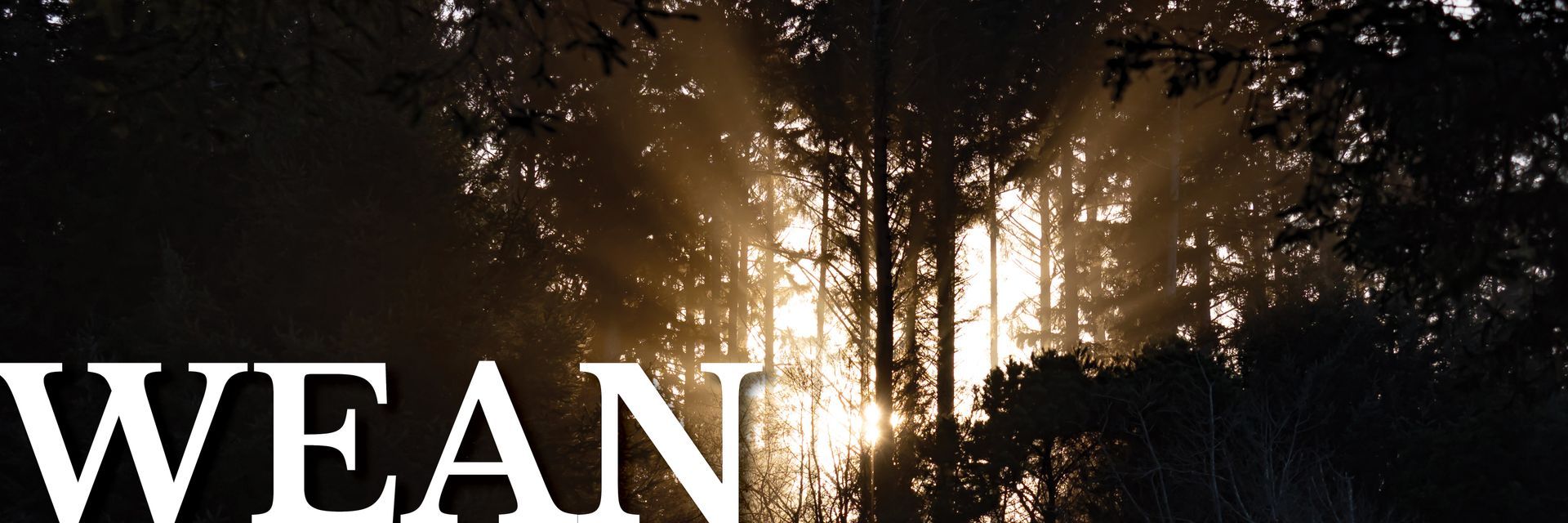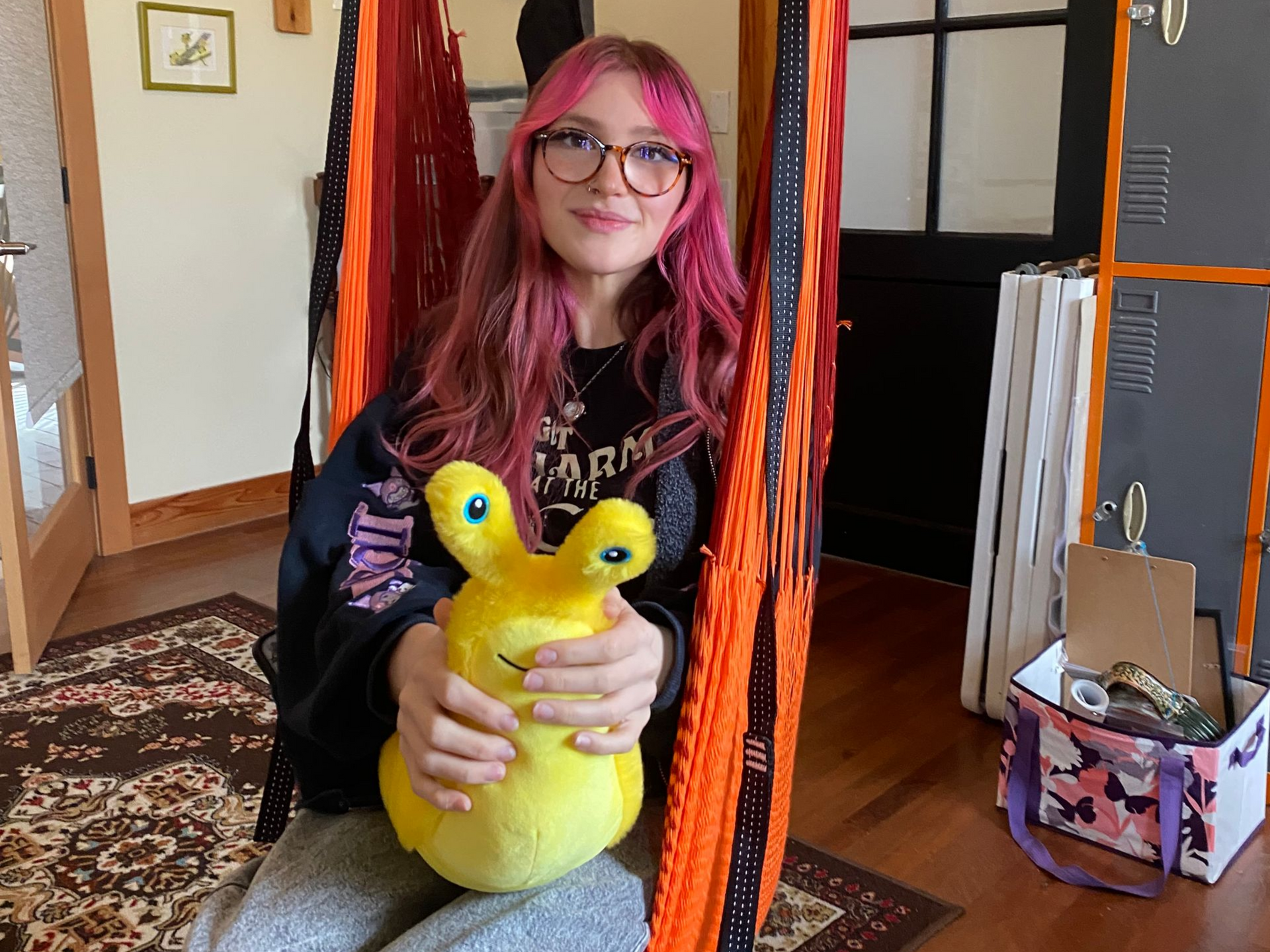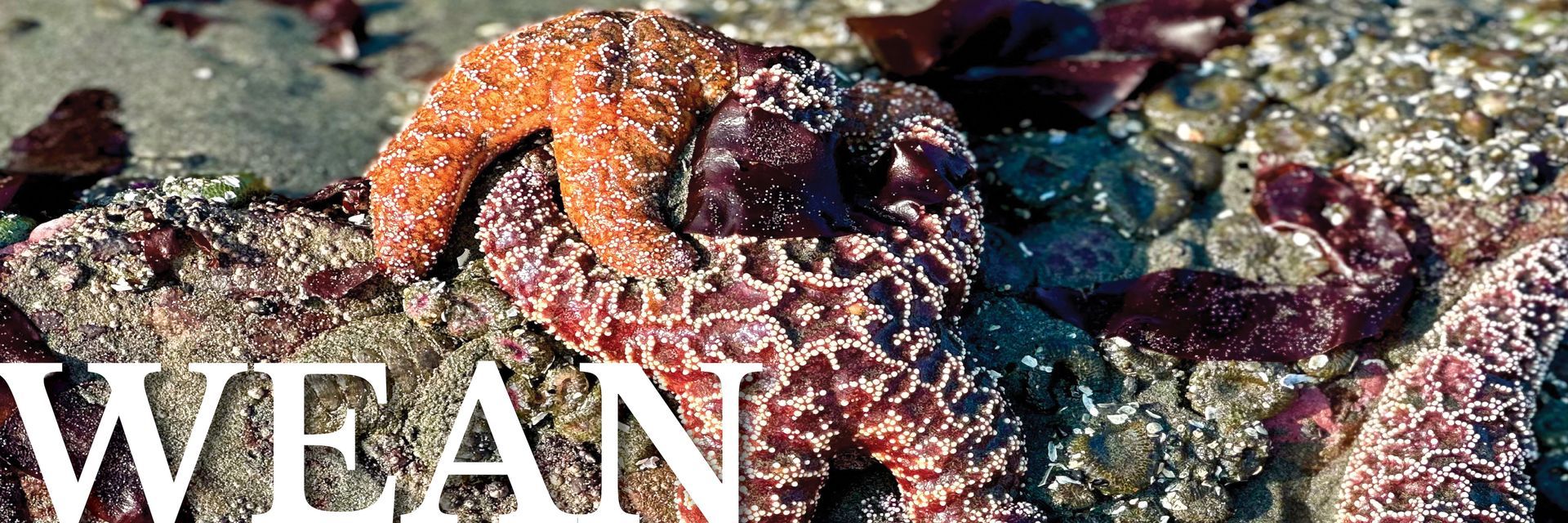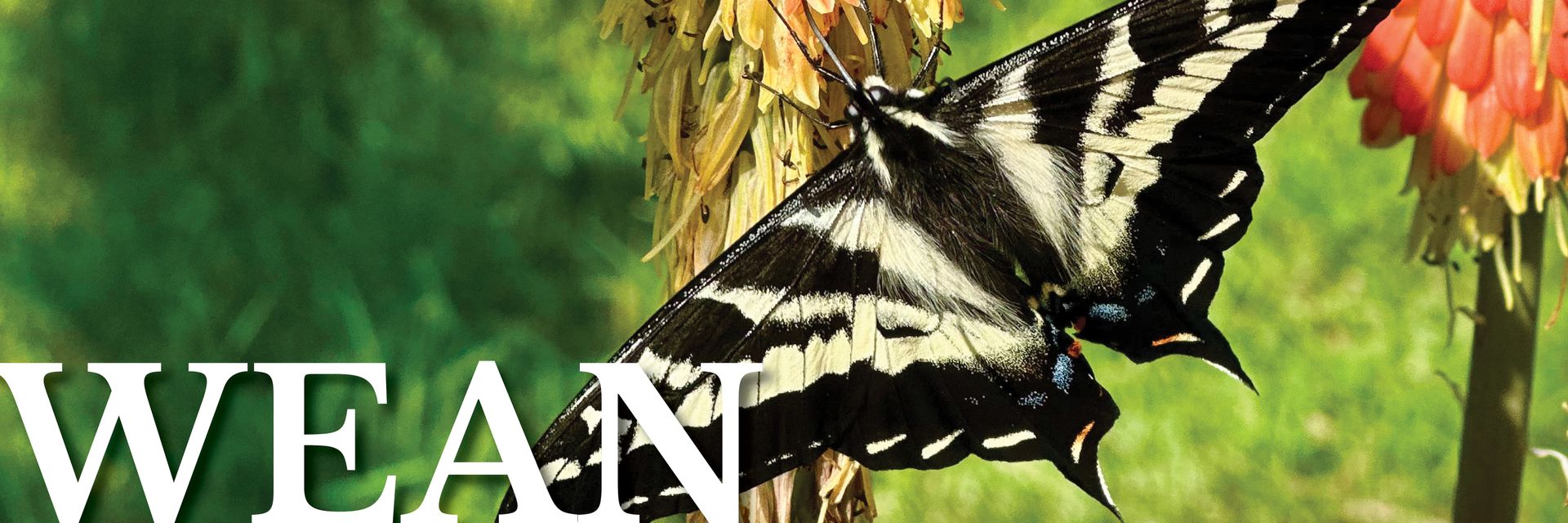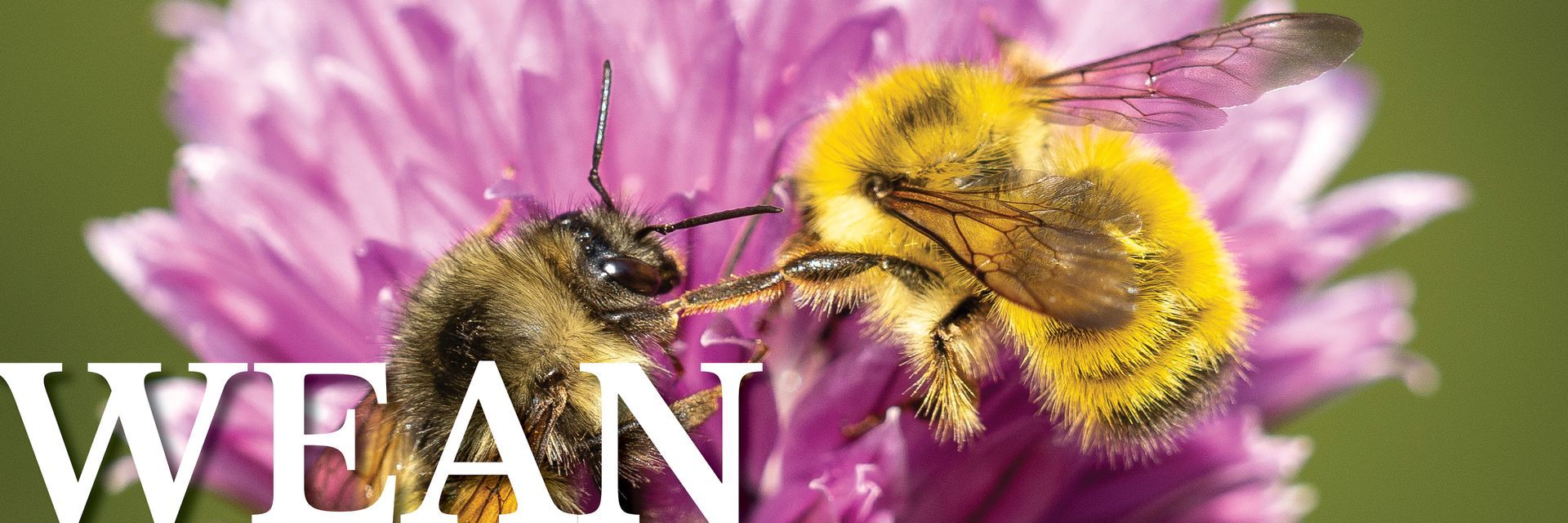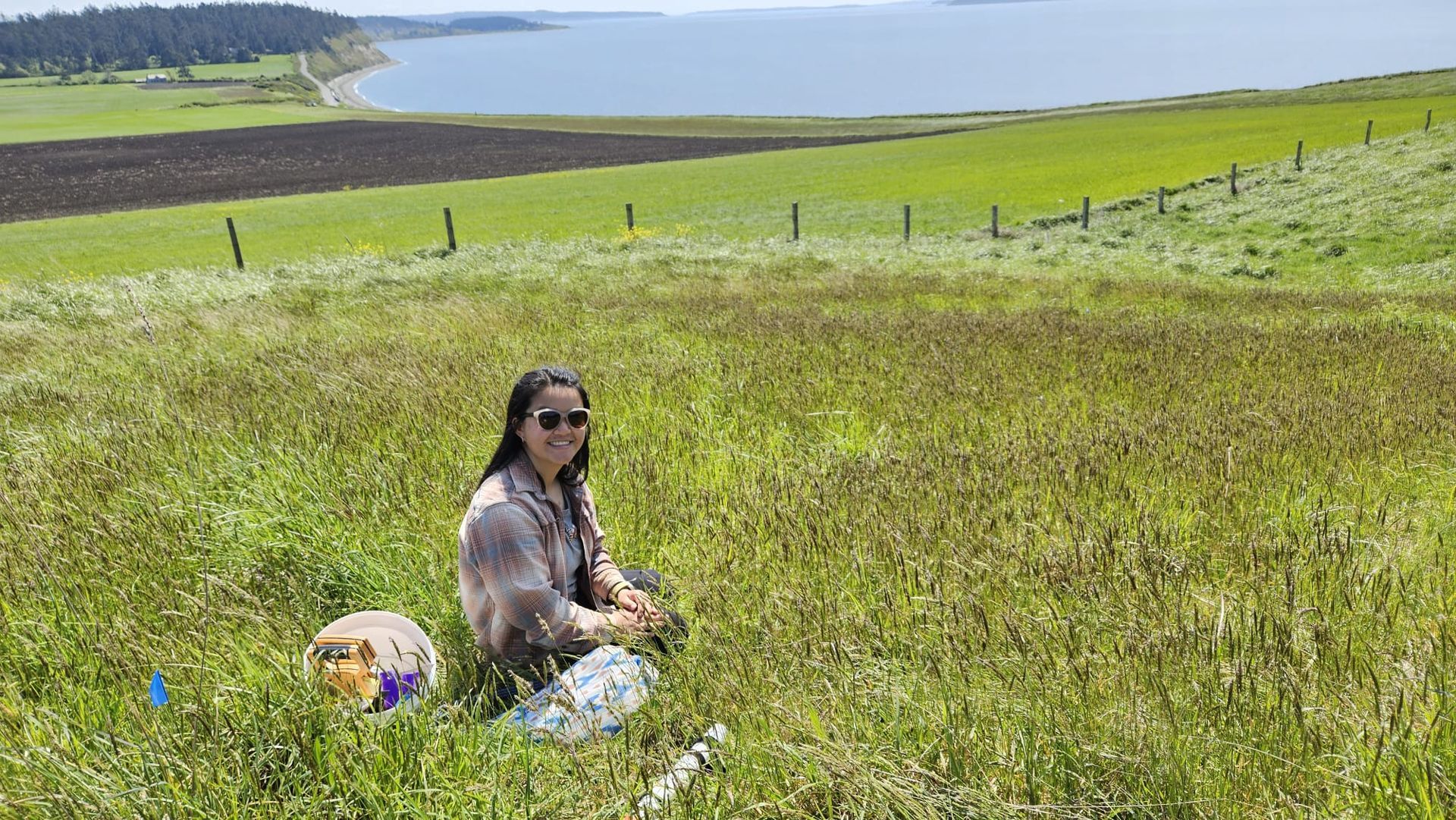Queerness In Nature Is All Around Us
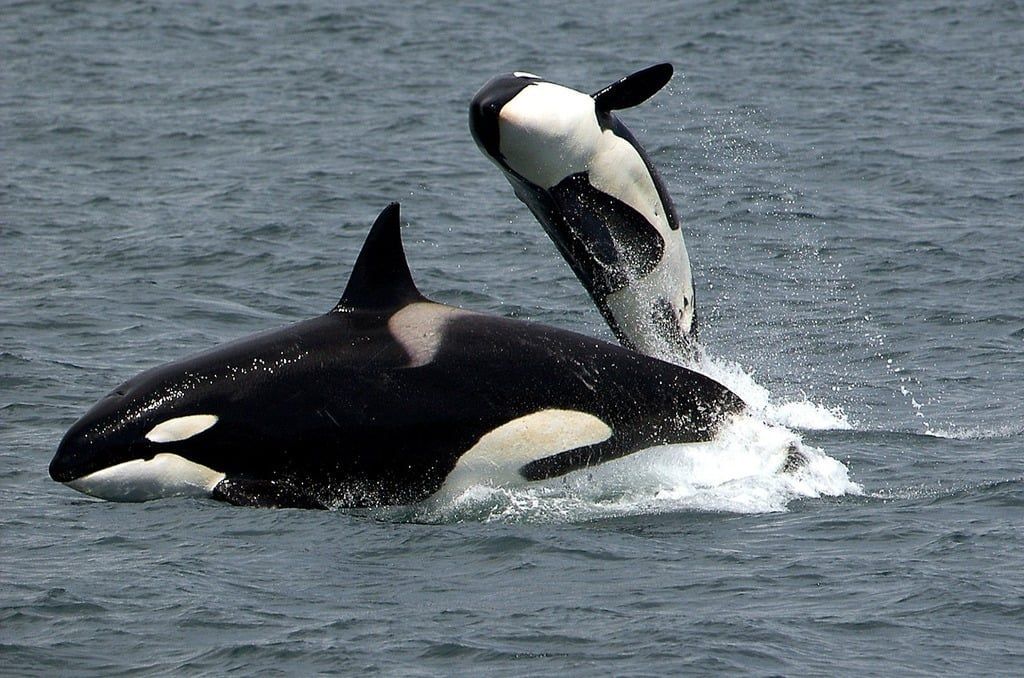
By Natalie Estrada
Queerness is around us, every day, all the time. Whether we notice it or not, nature doesn’t follow rules about what’s “normal” or expected. It doesn’t discriminate. From animals to plants to humans, queerness is just part of life. According to Nature, over 1,500 animal species have exhibited some form of queer behavior.
Here in the Pacific Northwest, a region rich in biodiversity, queerness in nature is all around us.
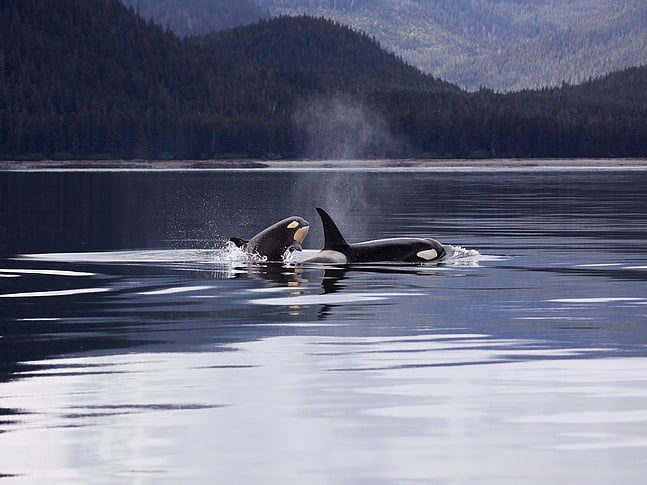
Orca Whales
Let’s take a closer look at orcas. These beautiful creatures are commonly seen in the waters around Puget Sound and the San Juan Islands, especially during the
summer and fall
months. Most people don’t usually think of orcas when talking about queerness but they absolutely are a part of the conversation. As
Niche Canada explains, orcas often form strong social bonds with others of the same age and sex. They show affection through physical touch and companionship, and these relationships can even include same-sex sexual behavior. Orcas don’t seem to choose partners based on sex. They choose based on connection and proximity.
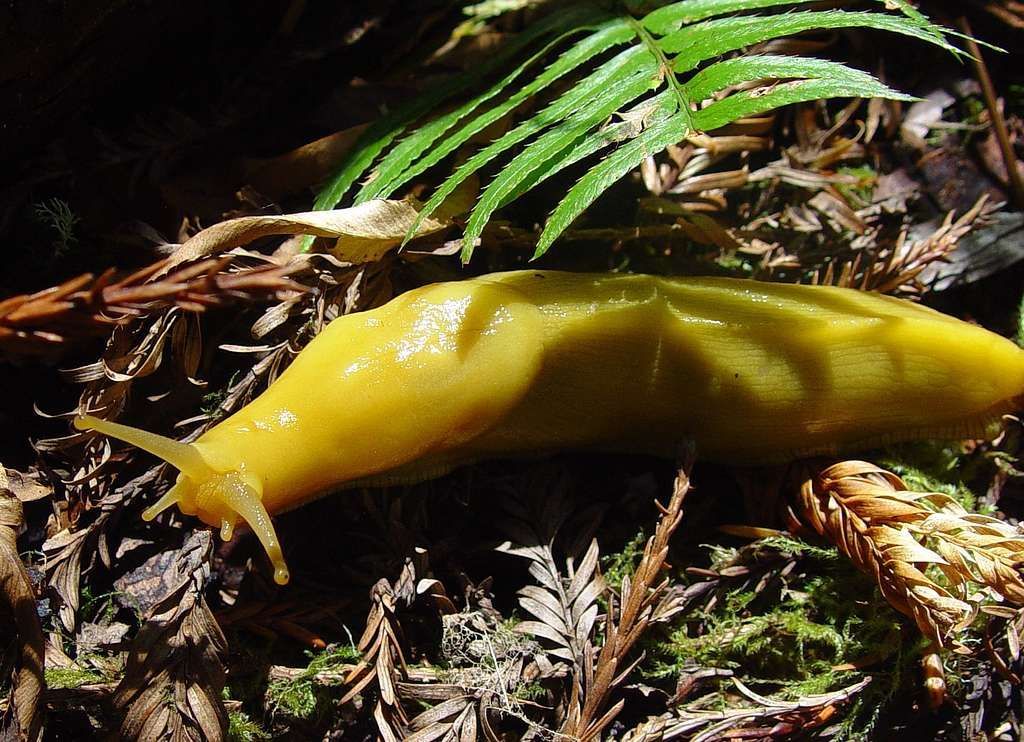
Banana Slugs
If you've ever found yourself roaming the many forests Washington has to offer, there's a pretty good chance you've encountered a banana slug. These fascinating slimy creatures exhibit their queerness in their sex! Banana slugs are biologically hermaphrodites, which means each one has both male and female reproductive organs. When two slugs mate, they can each fertilize the other’s eggs, so either one or both may become pregnant after the encounter. These colorful little animals serve as a powerful reminder that nature doesn’t limit itself to binary roles or heteronormative structures but instead embraces fluidity.

Gray Wolf
Our final native queer animal is the gray wolf. As of recent counts by the Department of Fish and Wildlife, Washington is home to around 230 gray wolves and 43 established packs. These wolves are most commonly found in northeastern and north-central Washington, where the landscape is full of forests, mountains, and remote wilderness, thus matching their natural preference for space, cover, and prey. Wolves are long known for their strong social bonds and monogamous partnerships. Typically, a wolf will choose a mate and stay with them for life, but that lifelong mate doesn’t have to be of the opposite sex. Same-sex pairings, especially between males, have been observed in the wild. These relationships involve behaviors like bonding, co-parenting, and even mounting.

